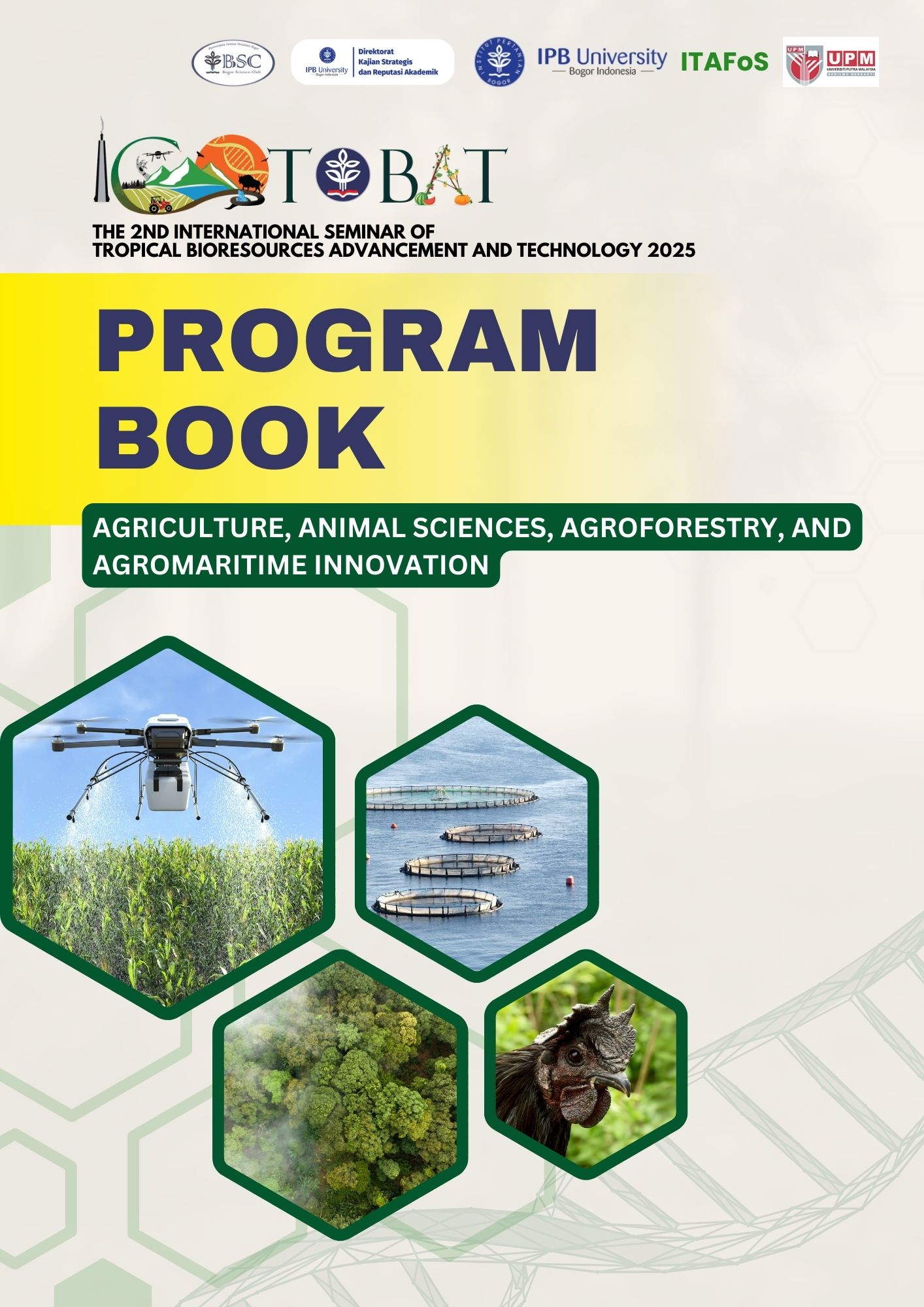Indigenous Sheep Traits Affect Leukocyte Profiles Following Short-Term Road Transportation
will be presented, Friday, 23 May 2025, 09.40 (GMT +7)
Keywords:
leukocyte profile, indigenous sheep, body weight, transportation stress, short-term transportationAbstract
Transportation stress in sheep is widely recognized for its negative impact on health and production performance. This study aims to evaluate the role of body weight and changes in leukocyte profiles as indicators of stress during transportation. A total of 23 indigenous sheep aged 12–14 months were categorized into four groups based on body weight: G1 (<20 kg), G2 (20–21 kg), G3 (21–22 kg), and G4 (>22 kg). The animals were transported in an open truck for approximately two hours without access to food or water. Leukocyte parameters, including total leukocyte count, neutrophils, lymphocytes (×10⁶ cells/mm³), and the neutrophil-to-lymphocyte (N:L) ratio were measured before and after transportation. One-way ANOVA followed by Tukey’s HSD post hoc test revealed significant differences in lymphocyte counts and the N:L ratio among body weight groups, while no significant differences were observed in total leukocyte or neutrophil counts. Correlation analysis showed a positive relationship between body weight and lymphocyte count. Group G2 exhibited the highest average leukocyte, neutrophil, and lymphocyte counts, indicating a higher stress level, whereas Group G3 demonstrated lower average lymphocyte counts and N:L ratios, suggesting a lower stress response. These findings suggest that body weight significantly influences physiological stress markers during transportation, with lymphocyte count and the N:L ratio serving as key indicators. The results underscore the importance of considering body weight in managing transportation stress and highlight the need to address additional factors affecting animal welfare and production outcomes.






























